Choedaegamne (최대감네)
246.07911671433484m 4298 2020-06-01
12-3, Insadong 8-gil, Jongno-gu, Seoul
+82-2-733-9355
Choedaegamne is a traditional restaurant with a cozy garden and a pond. It is located at the end of the alley next to Inside Plaza. At this famous restaurant located in Insa-dong, a traditional interior is enhanced by the date trees planted in between tables. Various dishes are available such as Ssambapjeongshik with organic vegetables, beef shabu shabu using beef stock and fresh tender galbi (ribs) which are purchased daily.
Tteul Gwa Dawon (뜰과다원)
252.85204021657714m 3475 2019-11-12
6-4, Insadong 8-gil, Jongno-gu, Seoul
+82-2-734-5310
Tteul Gwa Dawon (literally "yard and tea garden") is an up-scale hanok-style tea
and coffee house where you can enjoy a tranquil garden in the center of Seoul.
The tea and coffee shop offers traditional Korean tea made of 100% natural ingredients, as well as organic coffee. It is equipped with large private rooms which can accomodate a large number of guests, making it the best place to hold seminars or other types of social gatherings.
Tea, rice cakes, and other traditional snacks served here can be a good alternative for when you're in between meals.
Insadong Maneul Bossam (인사동마늘보쌈)
254.02136408258747m 81 2021-03-19
12-5, Insadong 8-gil, Jongno-gu, Seoul
+82-2-735-7885
This is a Korean cuisine located in Insa-dong, Seoul. It is located at Ssamji-gil in Insa-dong. The representative menu is napa wraps with pork and garlic.
Imun Seolnongtang (이문설농탕)
260.318395223825m 25761 2022-01-03
38-13, Ujeongguk-ro, Jongno-gu, Seoul
+82-2-733-6526
Imun Seolnongtang has been serving its hearty seolleongtang for over a hundred years since it first opened in 1907. Even its name has a long history: the word imun comes from Imun-gol, the now-obsolete name of the restaurant’s location, and seolnongtang, an old variation of the word seolleongtang. During the Japanese colonial rule, the restaurant’s regular customers included Gijeong Son, the marathon gold-medalist at the 1936 Berlin Olympics. To make the rich seolleongtang broth, beef meat and bones are simmered for more than 15 hours. Try putting rice and minced green onion in your seolleongtang for a warm and tasty experience. Kkakttugi (diced radish kimchi), provided as a side dish, is also delicious.
Boutique Tong-In (통인가게)
262.66835477274856m 544 2020-05-07
32, Insadong-gil, Jongno-gu, Seoul-si
+82-2-733-4867
Tong-in n’est pas seulement la plus ancienne boutique de spécialités des artisanats traditionnels, elle propose également divers artisanats contemporains. Il s’agit d’une boutique et d’une galerie. La boutique est fortement impliquée dans l’éclosion d’artistes et expose, souvent, leurs travaux dans sa galerie. Ses artisanats couvrent tous types, promouvant les travaux d’artistes aux habitants et aux touristes.
Restaurant DAM (레스토랑담)
262.70920796643406m 136 2021-03-23
30-7 Insadong-gil Jongno-gu Seoul
+82-2-730-3624
It is a gallery-like restaurant where you can enjoy paintings by famous artists. This restaurant's signature menu is pork shoulder steak. This Western dishes restaurant is located in Jongno-gu, Seoul.
Sanchon (산촌)
271.8763222643769m 35899 2019-06-13
30-13, Insadong-gil, Jongno-gu, Seoul
+82-2-735-0312
Founded and opened by Monk Jeongsan,
Sanchon is a
vegan-friendly restaurant that mainly serves temple foods. The
dishes found here are a results of Kim Yun-sik, who was inspired
by the simple, clean and healthy diet that a Buddhist practitioner taught
him years ago. Now, being a top authority on vegetarian
food in Korea, Kim Yun-sik helped perfect the standard and quality of
temple food.
The dishes are made with all natural ingredients such as vegetables and mountain herbs, and are cooked without chemical additives. The actual dishes served vary by season, and in order to meet the tastes of the general public, the
restaurant includes "five spices" (garlic, shallots, mountain leeks, etc.), which monks are typically not allowed to eat. Those who would like their food without these ingredients are asked to make their request at least one day prior to visiting.
Isae (이새)
275.75825266874m 9516 2020-04-24
Seoul, Jongo-gu, Insadong-gil 30-1 (서울특별시 종로구 인사동길 30-1)
+82-2-6713-5592
L'établissement Isae, qui cible en priorité une clientèle d'âge moyen ou d'âge mûr, utilise dans ses fabrications de vêtements des matières naturelles sans produits chimiques pour produire des vêtements très confortables. L'établissement propose à la fois des hanbok classiques et modernes.
Quartier des antiquaires Insadong (인사동 고미술거리)
277.035559870834m 5380 2022-09-30
29, Insadong-gil, Jongno-gu, Seoul-si
+82-2-732-2235
Situé au centre de Séoul, le quartier Insadong a été toujours le cœur de la culture coréenne pendant plus de 600 ans depuis le début de la Dynastie « Joseon » (1392-1910). Le « Dohwaseo », l’école de la peinture de cette dynastie s’y trouvait également. Habituellement, « Insadong » désigne la zone du rond-point « Ankuk-dong » jusqu’au parc « Tapgol » du Jongro 2(i)-ga, en passant par le carrefour Insadong. Ce quartier a pour caractéristique ses petites ruelles ramifiées de l’avenue centrale. Baptisé « Merry’s Area » depuis longtemps, Insadong est toujours considéré comme le quartier commercial favori des étrangers qui visitent la Corée du Sud.
De vieux livres jusqu’à des céramiques, proposés à divers prix
Festival des lanternes de lotus (연등회)
283.67280020865843m 31857 2024-04-25
55, Ujeongguk-ro, Jongno-gu, Séoul
• Centre d'appels 1330 : +82-2-1330 (coréen, anglais, japonais, chinois) • Pour obtenir plus d'info : +82-2-2011-1744~7 (uniquement coréen)
Ce festival très ancien ayant ses origines dans le royaume de Silla, fait figure d'événement phare en Corée. Cet événement est par ailleurs inscrit au patrimoine culturel immatériel de l'Unesco et classé comme patrimoine traditionnel national en Corée.
En illuminant les lanternes, le festival vise à souhaiter également "l'illumination" de l'esprit des voyageurs pour un monde plus serein et empli de bonheur.
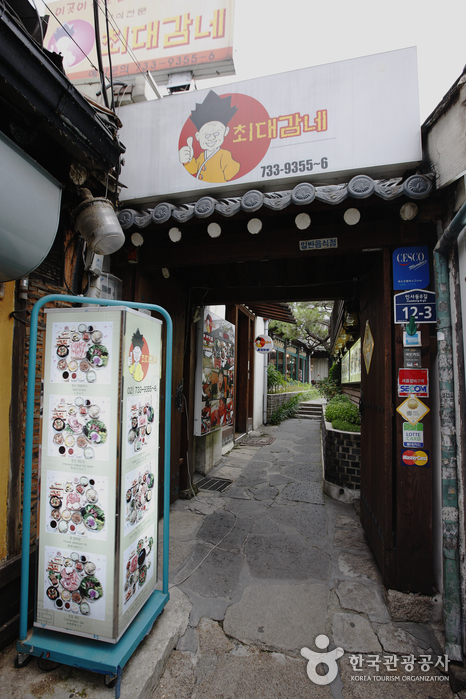
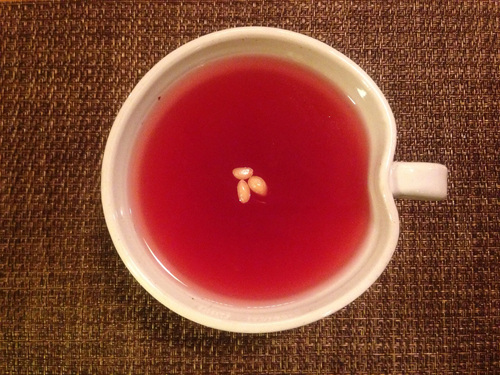
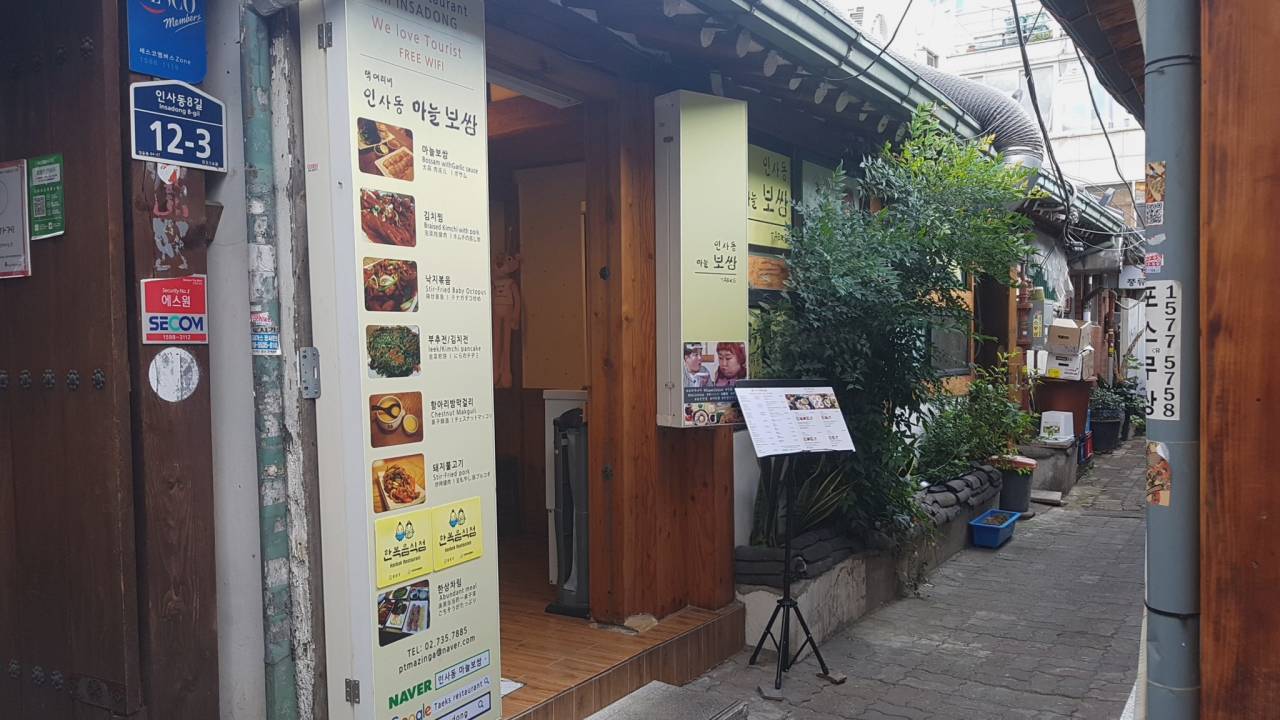
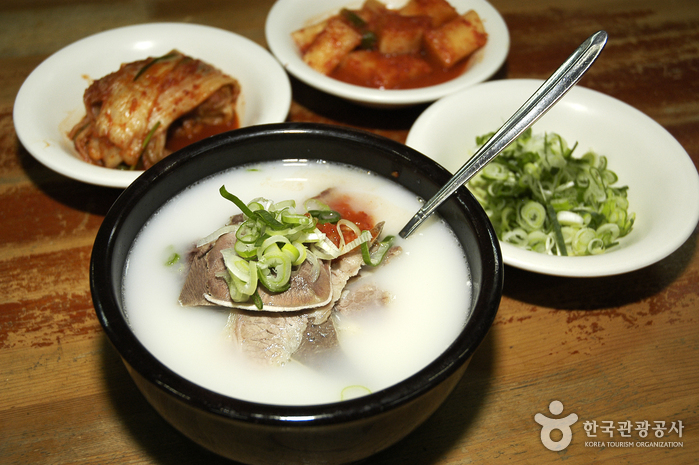
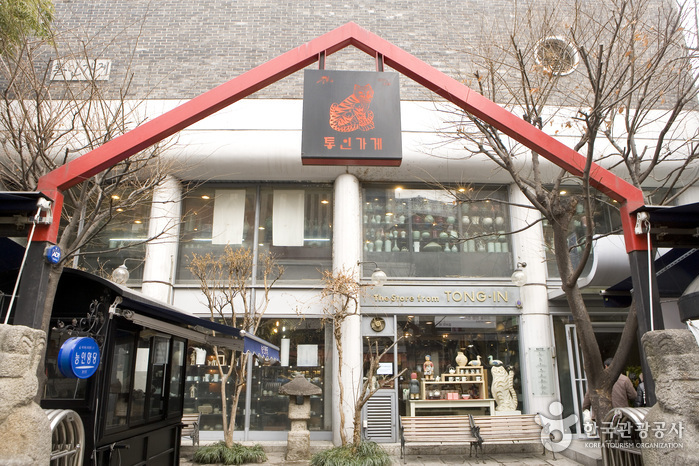
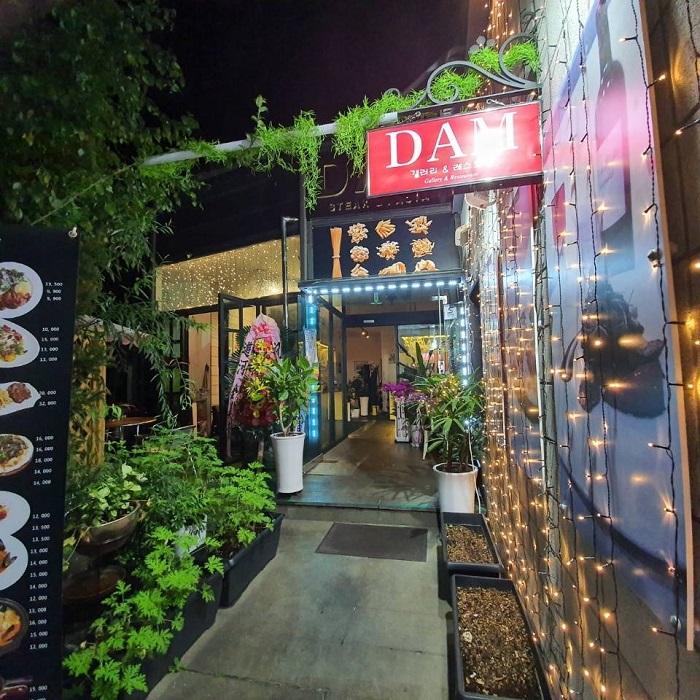
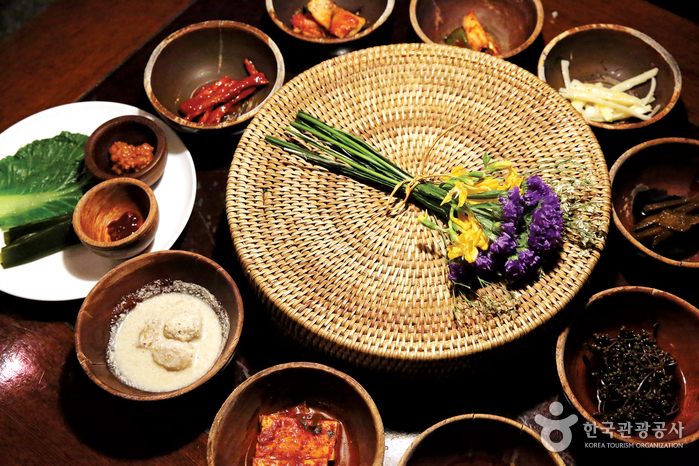
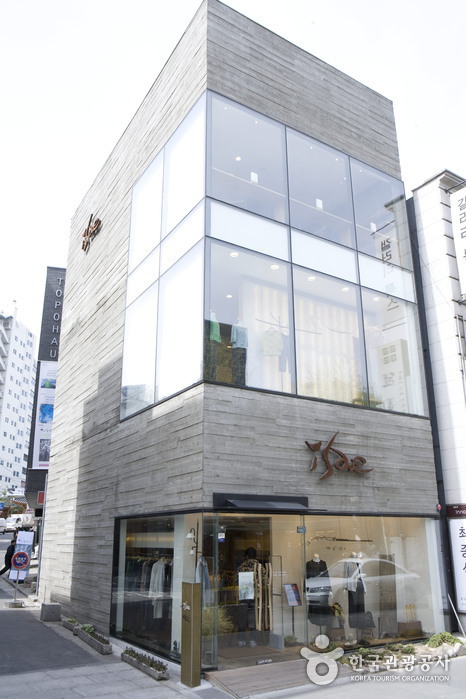
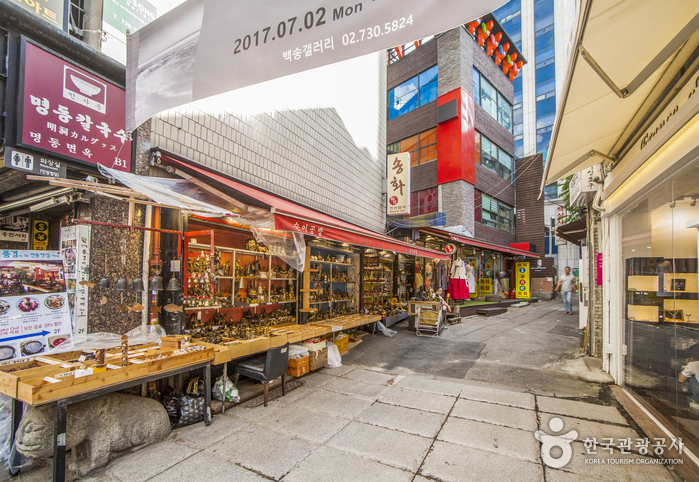
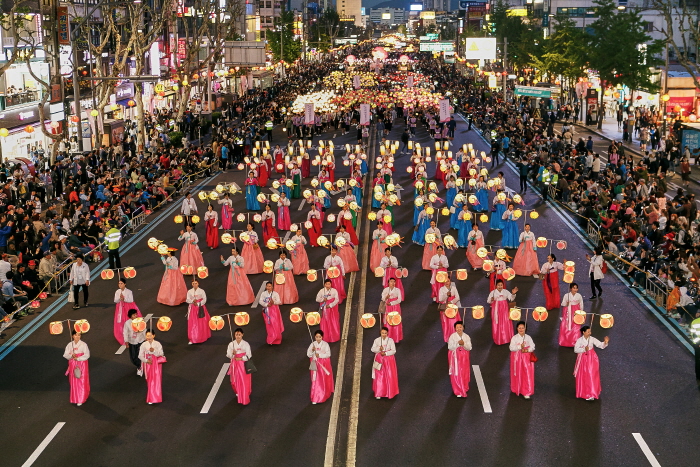
 Français
Français
 한국어
한국어 English
English 日本語
日本語 中文(简体)
中文(简体) Deutsch
Deutsch Español
Español Русский
Русский